How can retailers benefit from Amazon's arrival in Australia?
There are few brick-and-mortar retailers that are welcoming the arrival of Amazon. The volume of negative press and financial analyst reports has wiped billions off retail stocks in Australia. Increased focus and energy to deliver sales momentum in the short-term means most retailers have not evaluated the benefits online marketplaces such as Amazon may bring their business.
Amazon’s arrival will accelerate the growth of online marketplaces in Australia. A recent study by Bloomreach found that “55 percent of [US] consumers begin their search on Amazon when shopping for products online”. While statistics such as these put fear into the hearts of most retailers, it’s indicative of how retailers can leverage marketplaces to strengthen their business.
Specifically, there are at least five opportunities retailers should explore:
- Build stronger overall brand awareness
Building brand awareness in an increasingly fragmented media environment is becoming more costly and complex for marketers to achieve. Digital shop-fronts, virtual stores and rich brand content on marketplaces provide a low-cost way to expose your retail brand to a wider audience.
- Engage with new customers
Most retailers attract a specific customer demographic driven by brand position, physical store network and product offer. Reaching new customer segments by targeting physical foot traffic or visits on a retailer’s eCommerce website is difficult and expensive. Large marketplaces enjoy a wide and diverse audience making it easier to engage with new customers and promote products in a complementary way. Retailers shouldn’t be concerned with customer cannibalisation; in our experience, the benefit of new customers and sales dwarfs the downside of cannibalisation.
- Build Private Label brands
Private label brands are ideal for marketplaces; Given these products are unique to the retailer they will not face direct price competition and subsequent margin erosion. Furthermore, Marketplace listings are turning into a source of truth for consumers, where they research product information on platforms such as Amazon prior to making their purchase decision. Most marketplace platforms provide sellers with the opportunity to serve up a rich set of product information which builds customer trust and facilitates better in-store and online conversion.
- Drive eCommerce Sales
Strong growth of online marketplaces, over-reliance on eDM and the increasing cost of paid search means the effort required to grow your own website traffic will become even harder than it is today. Marketplaces will take a disproportionate share of eCommerce growth in Australia and without these channels, retailers will not be able to maintain the eCommerce sales growth trajectory in line with or ahead of the market.
- Drive Store Foot Traffic
Some marketplaces such as eBay support the Click&Collect fulfilment model. Given the low overlap of existing customers, these eCommerce channels provide retailers with incremental sales, additional foot traffic in store and the opportunity to gain a customer’s loyalty through greater personality and service.
There are downsides. Marketplace selling and marketing fees create additional margin pressure. retailers need a well-defined strategy to realise tangible commercial results.
Marketplace selling and marketing fees create additional margin pressure. retailers need a well-defined strategy to realise tangible commercial results.
The following questions may form a useful starting point in defining your marketplace strategy:
Marketplace participation
- Does my chosen marketplace exhibit the fundamental characteristics that will support my business objectives (e.g. strong customer trust, large organic web traffic, etc)?
- Does my chosen marketplace provide relevant tools, seller support and integration capabilities to manage it effectively and efficiently?
- What benefits does my retailer brand bring to the marketplace and how can I leverage this to negotiate favourable selling fees?
Product ranging and listing
- Which private label brands should be listed on the marketplace?
- Which proprietary brand products can be added to boost credibility without fuelling substantial price competition?
- Which products (or product bundles) can be sold solely via the marketplace?
- Which products should only be sold on the retailer’s own eCommerce site and never be listed for sale on a marketplace (e.g. low margin, highly-competed, KVI products)?
Pricing
- What is the marketplace pricing strategy relative to other online and store channels?
- To what extent will the marketplace mirror the retailer’s promotional programme and catalogue?
Resourcing
- Who will be responsible for managing the marketplace on a daily basis?
- What KPIs are important and how will performance be managed?
For more Amazon insights and eCommerce tips follow us on LinkedIn and keep an eye on www.merchantspring.com.au.


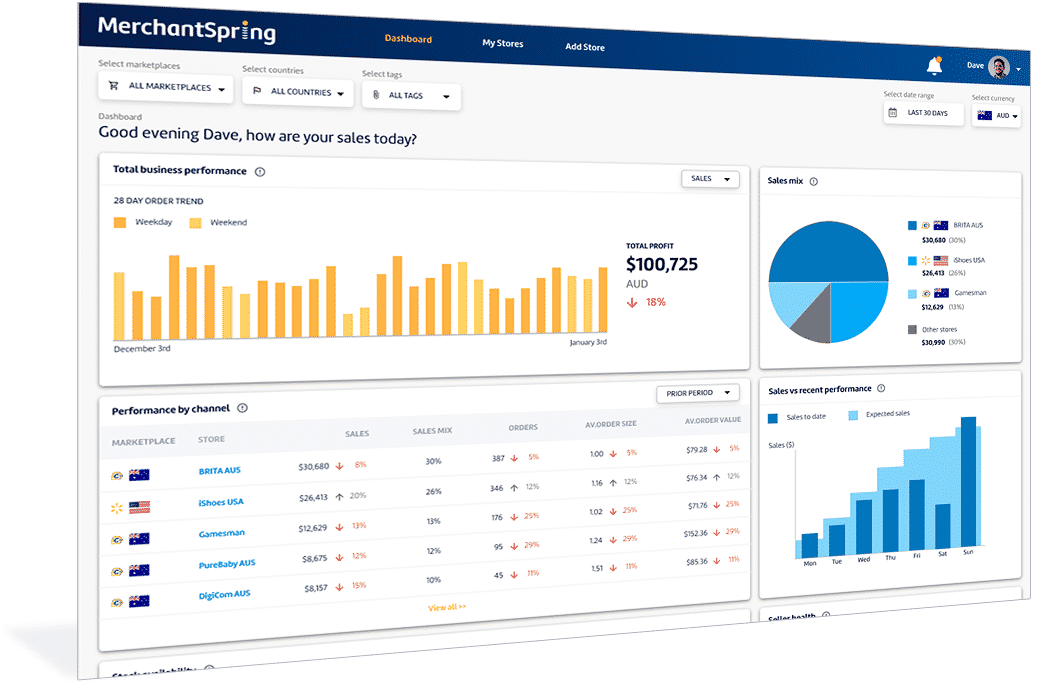
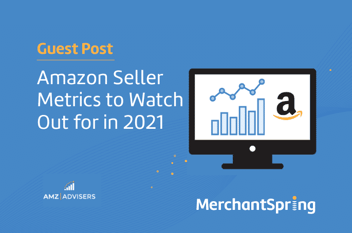
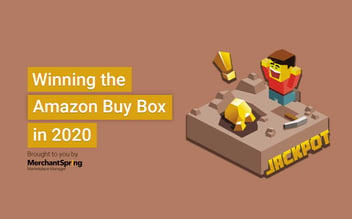


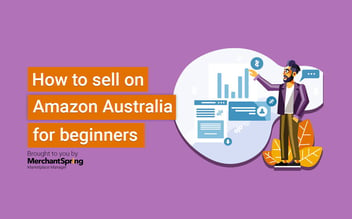
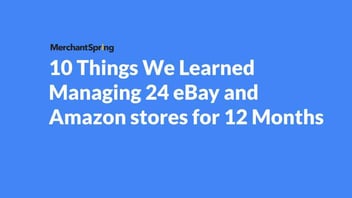

Add a Comment